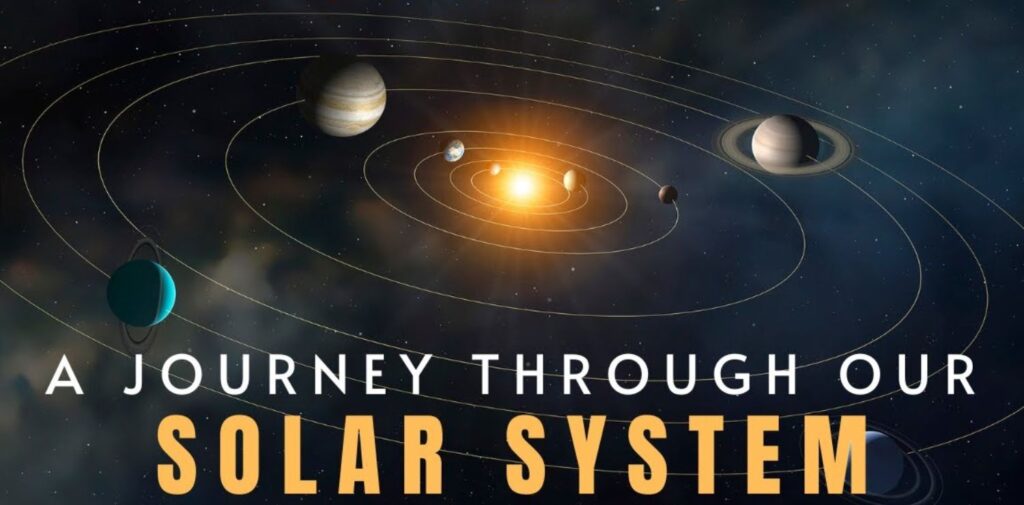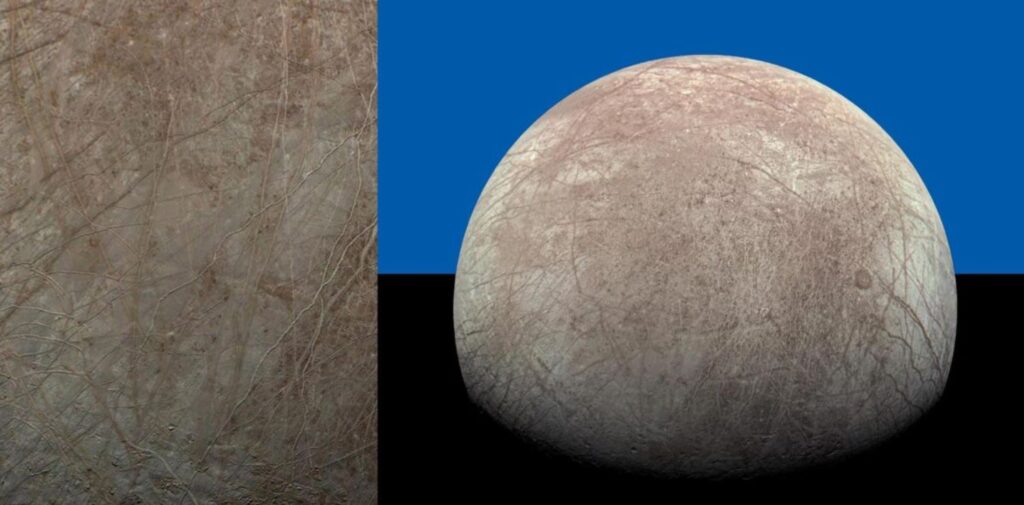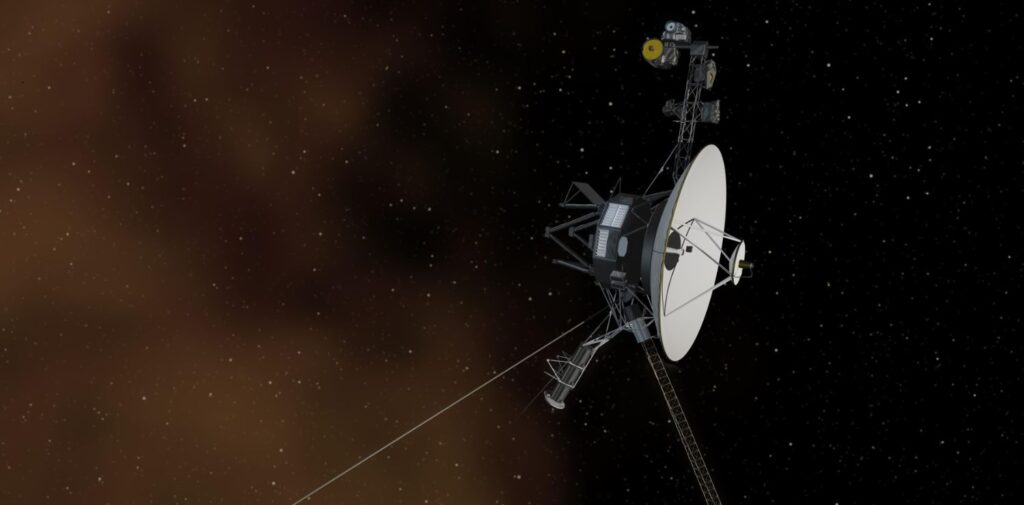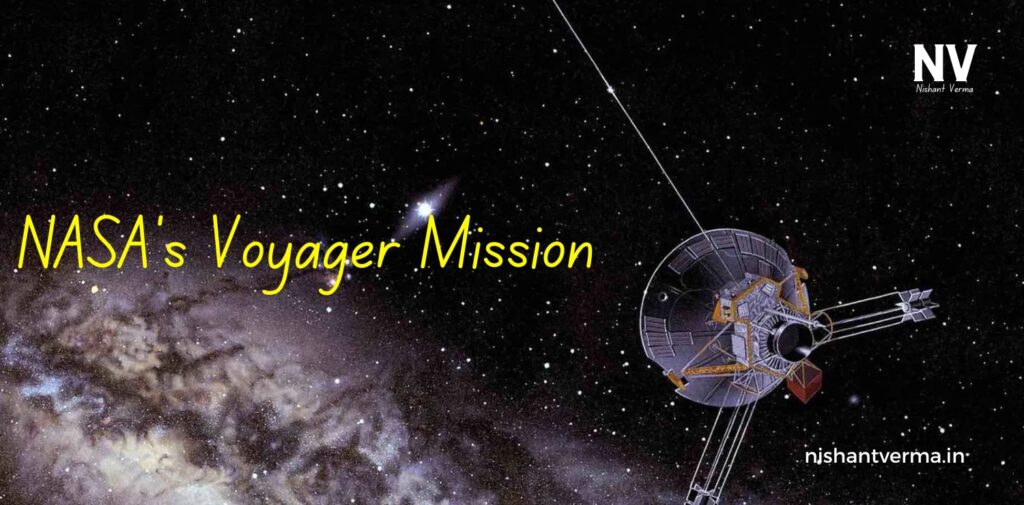In the realm of space exploration, few missions have captured the imagination of humanity quite like NASA Voyager mission. Launched in 1977, the Voyager spacecraft—Voyager 1 and Voyager 2—were tasked with exploring the outer planets of our solar system. However, their legacy extends far beyond planetary science; they are now humanity’s most distant emissaries, carrying with them our hopes and dreams, as well as the tantalizing possibility of discovering alien life.

A Journey Through the Solar System
The Voyager spacecraft was launched to take advantage of a rare planetary alignment that occurs every 176 years. This alignment allowed both spacecraft to use gravitational assists from Jupiter, Saturn, Uranus, and Neptune to slingshot their way through the solar system, significantly increasing their speed and extending their range.
Voyager 1: The Farthest Human-Made Object
Voyager 1 was launched on September 5, 1977, and it became the first human-made object to enter interstellar space in 2012. Its mission focused on studying Jupiter and Saturn, providing stunning images and data about their atmospheres, moons, and ring systems. The most famous images include the “Pale Blue Dot,” where Earth is seen as a speck against the vastness of space, reminding us of our planet’s fragility.
Voyager 2: The Only Probe to Visit All Four Giant Planets
Voyager 2 was launched shortly after Voyager 1, on August 20, 1977. It remains the only spacecraft to have visited all four giant planets—Jupiter, Saturn, Uranus, and Neptune. Its flybys yielded crucial data that reshaped our understanding of these distant worlds, particularly Neptune’s dynamic atmosphere and Uranus’s unusual tilt.
The Golden Record: A Message to the Cosmos
One of the most intriguing aspects of the Voyager missions is the Golden Record, a phonograph record containing sounds and images representing the diversity of life and culture on Earth. The record includes greetings in 55 languages, music from various cultures, and 116 photographs depicting life on our planet. This message is intended for any potential extraterrestrial life that might encounter the spacecraft in the future.
The Quest for Alien Life: A Broader Context
While the Voyager missions have provided invaluable data about our solar system, NASA’s search for alien life continues through new missions, such as the Europa Clipper. This mission aims to explore Europa, one of Jupiter’s moons, which is believed to have a subsurface ocean beneath its icy crust. The Europa Clipper will investigate the moon’s potential habitability, seeking signs of life in its vast, hidden ocean.
Why Europa?
Europa is a prime candidate in the search for extraterrestrial life for several reasons. Its icy surface is believed to cover a salty ocean, which could provide the essential conditions for life. The upcoming Europa Clipper mission will conduct a detailed reconnaissance of Europa’s ice shell, assess its composition, and search for signs of hydrothermal activity on the ocean floor, where life as we know it might thrive.

The Interconnection of Missions
While the Voyager spacecraft are no longer capable of conducting direct scientific experiments, the data they collected continues to inform current missions like Europa Clipper. By studying the outer solar system, Voyager has provided crucial insights into the conditions that might support life elsewhere, guiding future exploration.
The Search for Biosignatures
NASA’s ongoing missions aim to detect biosignatures—indicators of life—on other planets and moons. Europa Clipper will focus on identifying chemical compounds that could indicate biological processes, while missions to Mars, such as the Perseverance rover, are examining the Martian surface for signs of past microbial life.
The Legacy of Voyager: Inspiration and Hope
As Voyager 1 and 2 continue their journey into interstellar space, they carry with them not just scientific data, but also the spirit of exploration. The message in the Golden Record serves as a reminder of humanity’s quest to understand our place in the universe and the profound questions surrounding the existence of life beyond Earth.

The Role of Public Interest and Support
The Voyager missions have inspired generations, fueling public interest in space exploration. This enthusiasm has been critical for securing funding and support for subsequent missions aimed at discovering extraterrestrial life. As scientists analyze data from both Voyager and newer missions, the dream of answering the age-old question, “Are we alone in the universe?” remains a driving force in modern astronomy.
Looking Forward: The Future of Exploration
The journey of the Voyager spacecraft is far from over. As they drift farther into the cosmos, their data will continue to provide insights into the nature of interstellar space, while new missions like the Europa Clipper will push the boundaries of our understanding of where life might exist beyond Earth.
Conclusion: NASA Voyager mission
The Voyager missions exemplify the spirit of exploration that defines humanity. They have not only expanded our knowledge of the solar system but have also paved the way for future missions aimed at uncovering the mysteries of life beyond our planet. As we continue to look to the stars, the legacy of Voyager reminds us that the quest for knowledge and understanding is an inherent part of our nature—a journey that may one day lead us to discover that we are not alone in the universe.




